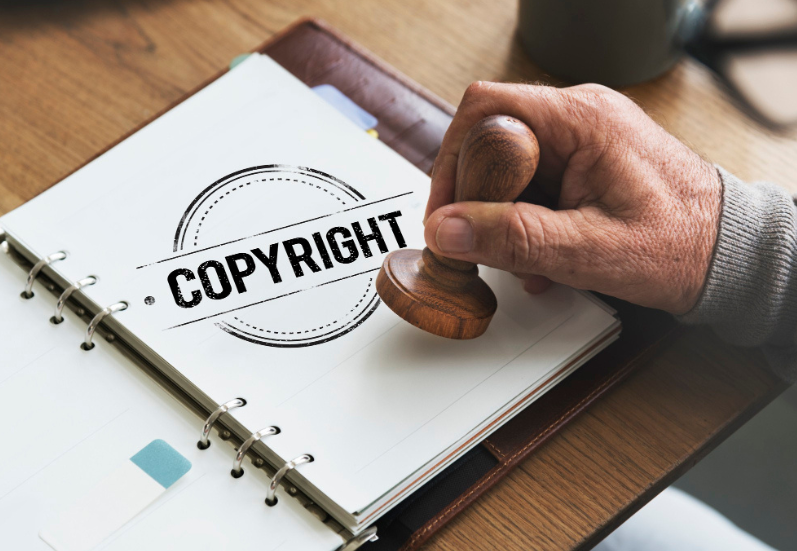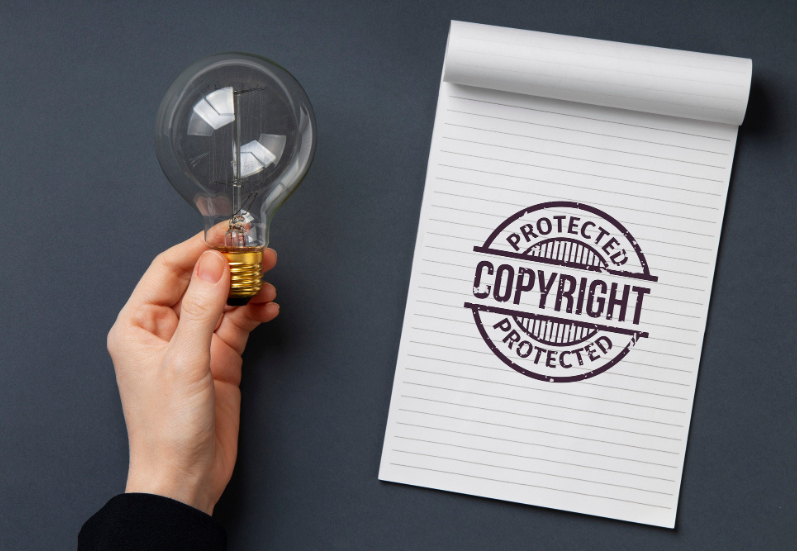
Intellectual property rights play a significant role in the legal world, specifically regarding creative work offered by legal professionals.
Two vital aspects of IP law in Australia are moral rights and copyrights, both of which have distinct functions, applications, and protections within the legal environment.
Thus, understanding the distinctive differences between these two concepts is essential for legal professionals who create or use original works in their practice. You can gain more comprehensive knowledge from Actuate IP.
However, the rights you create might violate copyright rules. Contact the team of specialists from Actuate IP to follow proper practice.
This article will emphasize the typical difference between copyright and moral rights.
What Is Copyright?

Copyright is a form of legal protection granted to the creators of original works of authorship. In Australia, copyrights are governed significantly by the Copyright Acts 1968.
Therefore, this law automatically offers creators exclusive rights over the work. Such as the right to:
- Copy.
- Perform.
- Distribute.
- Adapt to work.
Thus, copyright applies to multiple ranges of works comprising:
- Software: computer programs and databases.
- Dramatic works: scripts and screenplays.
- Literary works: articles, books, and written legal documents.
- Musical work: songs and composition.
Moreover, copyright exclusivity offers the creator rights over its use. However, if this is for any legal firm, it will comprise written content or unique legal tools created by paralegals, lawyers, and support. Once they are made, the documents can be protected by copyrights.
What Are Moral Rights?
Moral rights are essential to intellectual property law, safeguarding creators’ personal and reputational interests.
Thus, they differ from copyrights in that they cannot be sold or transferred, ensuring that the creator’s authorship is maintained.
Furthermore, these rights are established under Australia’s Copyright Act 1968 (Cth). While copyright grants economic rights, allowing creators to control the use and distribution of their work. However, moral rights safeguard the creator’s bond to their work and the context in which it is presented.
Hence, this showcases the distinction between commercial interests and creators’ connection with their creations.
Key Difference Between Copyright and Moral Rights
The expected differences between copyright and moral rights are mentioned below.
1. Nature Of Rights
Copyright regulations aim to incentivize creativity and innovation by granting these rights. They ensure that creators can benefit from their intellectual efforts while promoting a balance between public access and cultural enrichment.
Meanwhile, moral rights protect creators’ reputational and personal interests. They ensure they are acknowledged, and the work is respected and treated fairly.
2. Transferability
When copyright is transferred, the original creator renounces their rights, partially or entirely, to another party.
Thus, this can occur through a sale or assignment of the copyright. Alternatively, licensing allows the copyright holder to retain ownership while granting permission to another party to use the work under predetermined terms.
On the other hand, moral rights cannot be transferred, sold, or waived. The creators retain the rights even if they transfer the copyrights.
3. Scope Of Protection
Copyright grants are legal protection to encourage creativity by ensuring that creators can benefit from their efforts and maintain their rights against unauthorized use.
It typically covers various types of works, after which they enter the public domain, including:
- Literature.
- Music.
- Art.
- Software.
Conversely, moral rights focus on the creator’s right to attribution and protection from derogatory treatment, irrespective of the allegations at work.
4. Protection Duration
Copyright generally lasts for the creator’s lifetime plus an additional 70 years after their death. This means the creator’s work is protected significantly, allowing them or their heirs to benefit. After this period, the work typically enters the public domain, making it available for anyone to use without permission.
Moral rights are a crucial aspect of intellectual property law, particularly in the context of creative works. These rights typically grant the creator certain protections related to their work, independent of any economic rights they may hold.
A key feature of moral rights is that they are non-transferable. They cannot be inherited or assigned to others. This means moral rights cease to exist after the creator’s death, underscoring their nature.
5. Economic Vs. Non-Economic
In copyright law, economic and moral rights protect different aspects of creators’ interests in their works. Copyright comprises a set of economic rights granted to the creators of original works to control the use and distribution of their creations for financial gain.
Through holding these rights, creators can monetize their works and ensure they are compensated for their efforts and creativity. This framework encourages innovativeness, creativity, and legal protection against using or exploiting their work without authority.
Moral rights, conversely, protect the work’s integrity and the creator’s association with it.
These are rights of attribution, referring to the right of an author or creator to be attributed as such about his or her work, and integrity, which safeguards against distortion or changes that might adversely affect the author’s reputation.
6. Ownership
The difference between copyright ownership and moral rights is important in intellectual property. The copyright owner has the exclusive rights to reproduce, distribute, and create derivative works from a creation.
On the other hand, moral rights are often tied to the work’s creator. For example, under many legal systems, when an employee creates a job as part of his employment, his employer generally holds the copyright over that work.
However, moral rights—the right to attribution and integrity of the work—usually reside with the creator. In other words, even if the employer can control how the work is commercially used, the employee remains entitled to be regarded as the author.
The employee may also protect the integrity of his work from being changed in a way that may tarnish his reputation. This separation thus cements that the artist’s relation to his work should be acknowledged, irrespective of ownership over it.
Summing Up
Thus, understanding the point of distinction is important not only to safeguard the firm’s IP but also to maintain ethical standards and comply with legal obligations.
So, by recognizing and respecting both copyright and moral rights, businesses in Australia can foster a culture of innovation, creativity, and professional integrity.
They can also protect their intellectual property and ethically maintain their relationships with creators.
Read Also:
- Copyright and Internet: Two Peas In a Pod
- What Is Meant By Copyright Infringement In The US?
- All You Need To Know About Digital Millennium Copyright Act (DMCA)










0 Reply
No comments yet.